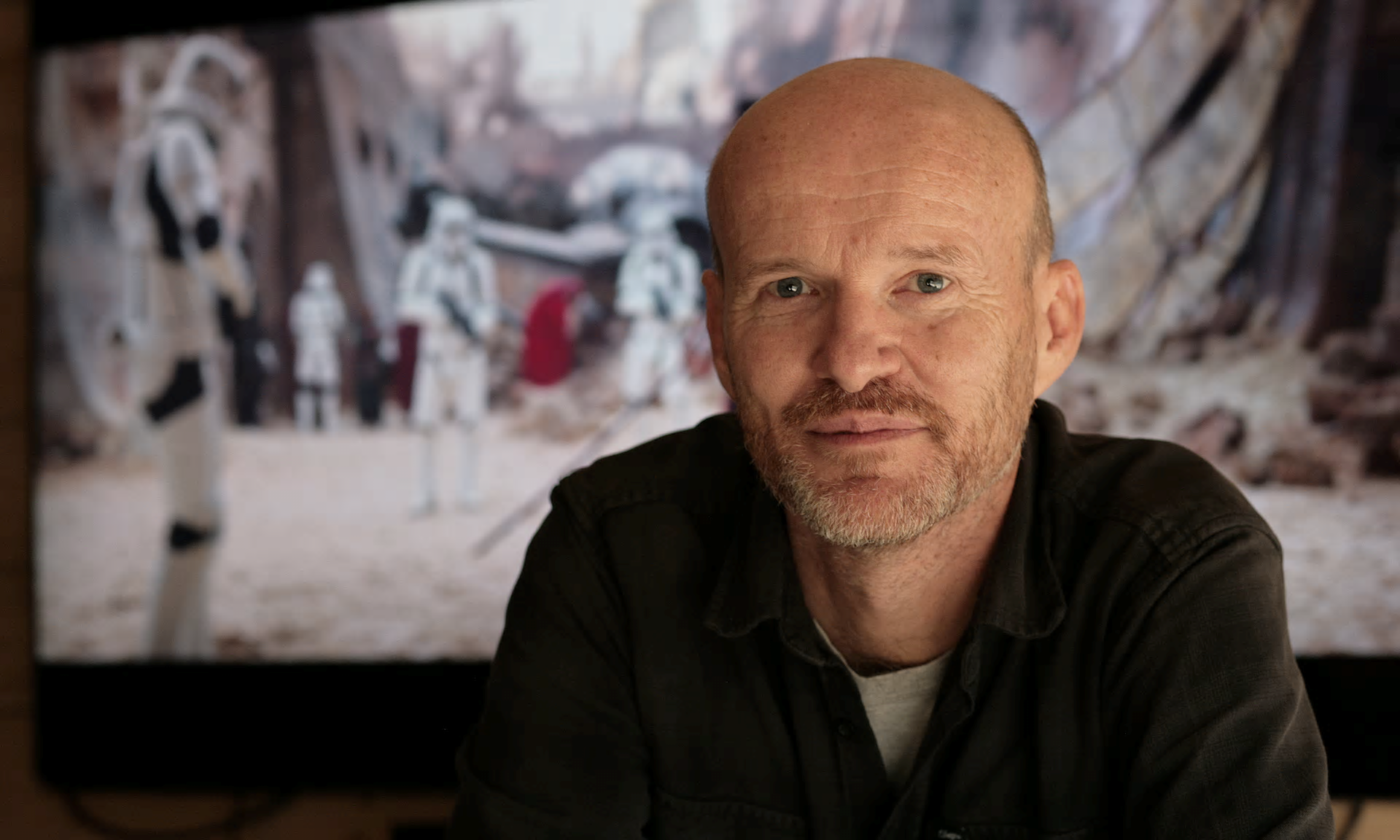
Remote work is probably the most tossed-around phrase that was on everyone’s lips this year. With remote work and cloud going global, it was seen as the biggest trend of 2020 and as the world continues to battle the coronavirus and its deadly mutations, it’s only set to continue in 2021.
VFX studios around the world adapted to remote pipelines in the wake of the pandemic-led lockdown. After scrambling to streamline processes in the initial phase of the lockdown. VFX studios deployed a work-from-home solution spanning remote lines of communication across staff/sites, educating clients on plans, setting up workstations at home and cloud servers.
While NY VFXWAALA worked on parts of Suryavanshi through a remote pipeline, redchillies.vfx also completed the hit Netflix feature film Bulbbul during the lockdown phase. Zoom and Google Hangouts became the primary video conferencing solutions to ensure creative co-ordination.

Speaking about the challenges brought in the initial stages of the pandemic, NY VFXWAALA co-founder Naveen Paul informed, “It’s been a challenge working from home; coordinating with the artists, its a new style of working that we never imagined before. There was a transition time to let that sink in. We addressed those later on with production software to communicate. We’ve been lucky enough that there have been films that were recently announced which we are working on day in and day out.”
VFX industry responded to the challenges with resilience and ingenuity, making the safety of their employees their top priority. With the help of technical infrastructure and team spirit, studios allowed artists to work from home while making sure the data is protected at all times.

Speaking about their experience, Redefine global head Rohan Desai said, “We had to respond quickly to the immediate need to protect our staff, activating our business continuity plan, enabling the technical infrastructure to allow our artists to work from home and working with our clients to ensure that their stringent security requirements were maintained. We quickly enabled over 900 ReDefine staff to work from home, allowing them to be safe with their families whilst continuing to deliver ongoing work. Our technology team did an outstanding job in enabling our artists to work from home in an incredibly short space of time. In terms of process, it has been remarkably smooth, with artists controlling their ReDefine workstations virtually from home. The biggest challenges have been in finishing shots, which relies on reviews on cinema screens and colour calibrated monitors – but we have put in place workarounds for those issues.”

Many studios were forthcoming enough to start preparing the remote pipelines well in advance in order to ensure the health and safety of their employees. Speaking about how they streamlined a secure work from home pipeline for their studio, philmCGI MD Anand Bhanushali shared, “We started our work from home pipeline a bit earlier as there were some indications. So we have around 70 per cent of our team on a work from home pipeline. By the first week of March, our tech-team had already started building codes and workflows. We have a remote connection over the computer like TeamViewer called No Machine; our proprietary pipeline that we coded ourselves based on packages being delivered to our artists. We have put up a cloud server and we have data that is connected to our PhilmCGI facility. Every artist has a log-in that is provided. We have a business account with Google so Google API helps with the authentication system and that’s how an artist securely accesses our encrypted data”
The concerns around the bandwidth, security and privacy have always sprung up with the new normal noted redchillies.vfx chief operating officer and VFX producer Keitan Yadav. He shared, “We have got a good software set-up to work remotely, some of which work on mobiles as well. We have created a successful work-from-home infrastructure and it is working effectively, we have about 300 people working from home. Employees’ safety is our utmost priority. Due to concerns around security, bandwidth and piracy etc, we never thought about working from home before the Covid-19 pandemic. But necessity is the mother of all inventions and our pipeline is set.”
For UK-based Jellyfish pictures, work-from-home pipelines have meant eliminating boundaries and recruiting talent from all corners of the world.

Jellyfish Pictures CEO Phil Dobree shared, “As we know, Covid-19 has had a catastrophic effect on live action filming, which in turn has filtered down to post-production. In terms of strategy, pre-pandemic Jellyfish Pictures had invested entirely in virtual technologies and studios giving us the ability to “pop up” studios and artists around the globe with relative ease, making us the largest virtual VFX and animation studio in the world. Having pioneered virtual technologies for the past five years, we were able to set up our staff working from home reasonably easily using Teradici’s PCoIP, with all 200 staff (now 300) working from home successfully before lockdown was enforced.”
The natural evolution, he shared, after becoming wholly virtual was to extend their reach and therefore their access to talent around the globe. The problem was always a management problem. How do you manage a team of artists so far apart?
He further detailed, “The pandemic somewhat forced our hand on upping our game around communication, feedback and how we manage a global crew. Initially productivity was not affected, and we began to identify what worked well and how we could improve things and what we felt were the essential aspects of being in a studio together to arrive at an ideal blended approach in the long run.”
The year also saw mass layoffs in the VFX industry owing to the lack of content being shot. As a result of restrictions on physical shoots, there was naturally a shortage of footage . While some companies resorted to furloughing, many had to mandate pay-cuts for the employees.
Restricted movement of people, moratorium on cinema halls, public transport, offices along with the psychological fear of returning to work in the absence of a vaccine all contributed to the problem of not being able to operate in a regular fashion during these times.
Productions and shoots had come to a complete halt, leading to reduced supply in the content pipelines. Only those projects that had already been shot were available to work in the post production. Cut-throat competitions, inability of access to work from home infrastructure, cash flow issues and shrinking budgets in the pandemic meant many artists had to lose their livelihoods in the initial phases of the lockdown. On the flipside, VFX industry also saw an acceleration of adoption of virtual production technologies which were previously either ignored or sidelined.
VFX forums and webinars were dominated by discussions on virtual production and Unreal Engine. Many studios tinkered with in-camera visual effects using LED walls as a backdrop.
The highlight of this being the iterations of virtual production technologies advanced by various companies, promising a nuanced way of filmmaking and easing the pandemic woes of the production industry.
With new technologies ushering in a paradigm shift and content production picking up the momentum, it will be interesting to see how filmmakers will approach their projects in the year ahead.

